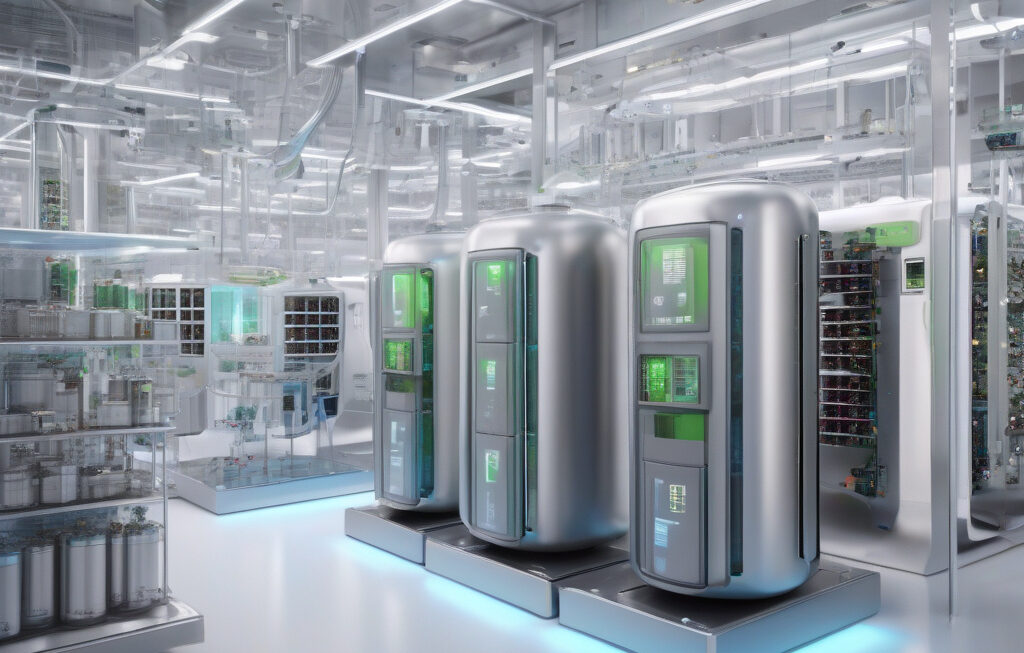Batteries Master ‘Self-Heat’ to Provide Stable Output in Extreme Cold, Study Finds
An international team of scientists has developed an accurate mathematical model explaining how large-scale vanadium redox flow batteries can regulate their temperature to provide a stable output even in extreme cold conditions. This breakthrough in battery technology could revolutionize energy storage systems, especially in regions with harsh winter climates.
Vanadium redox flow batteries are known for their scalability and long cycle life, making them ideal for storing renewable energy from sources like wind and solar power. However, one of the challenges these batteries face is maintaining performance in cold weather, where low temperatures can significantly impact their efficiency.
The study, led by researchers from the United States, China, and the United Kingdom, found that by incorporating a self-heating element into the battery design, they could optimize its performance in cold environments. The mathematical model they developed accurately predicts the battery’s behavior under varying temperature conditions, allowing for more efficient energy management.
In practical terms, this means that vanadium redox flow batteries equipped with self-heating mechanisms can deliver a more stable output even when the mercury drops. This is crucial for applications in remote areas or regions prone to freezing temperatures, where reliable energy storage is essential for powering homes, businesses, and critical infrastructure.
Furthermore, the implementation of self-heating technology could have significant implications for the widespread adoption of renewable energy sources. By enhancing the performance of energy storage systems, particularly in challenging weather conditions, we can overcome one of the key obstacles to a more sustainable energy future.
Beyond the technical aspects, the development of self-heating batteries highlights the importance of interdisciplinary collaboration in scientific research. By bringing together experts from different countries and fields of study, this international team was able to combine their knowledge and expertise to tackle a complex problem and achieve a groundbreaking solution.
As we look to the future of energy storage and sustainability, innovations like self-heating batteries remind us of the power of human ingenuity and collaboration. By pushing the boundaries of what is possible, scientists and engineers pave the way for a cleaner, more efficient energy landscape that benefits both people and the planet.
In conclusion, the study’s findings represent a significant step forward in the field of battery technology, with the potential to impact a wide range of industries and applications. As we continue to seek ways to harness renewable energy sources and reduce our reliance on fossil fuels, innovations like self-heating batteries offer a glimpse into a more sustainable future.
#BatteryTechnology, #EnergyStorage, #RenewableEnergy, #SelfHeatingBatteries, #Sustainability












